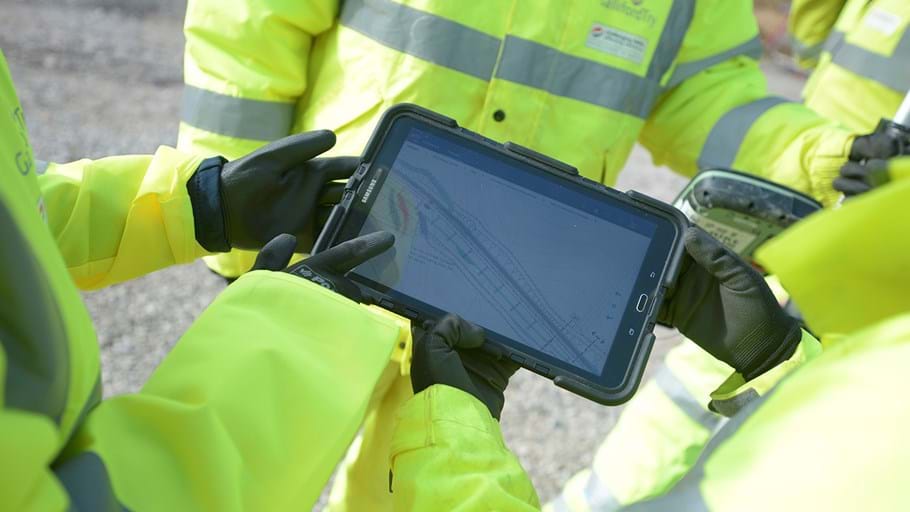
A partnership of Galliford Try and Siemens aims to de-risk and accelerate digital technology adoption in water and wastewater projects.
The new partnership wants to help UK water companies optimise new and existing infrastructure assets with a focus on reducing pollution, operational costs, and achieving net zero.
According to the partnership, its combination of digital tools and sector experience “will help water companies solve a range of challenges, such as the ability to identify potential blockages in sewer networks, improve operational efficiency of treatment works and become a net-zero industry by 2030”.
The partnership will focus on three use cases. First, it will enable “optimisation of the wastewater treatment process using mechanistic digital twin technology”. The solution optimises energy by up to 20%, the partnership claims. It operates in real-time with integration of the control system, or offline. It can support a specific project or be integrated with sensor and model management.
The second use case reduces storm overflows and pollution incidents. The end-to-end solution, from sensor installation to an application, uses AI to find nine in 10 blockages and automates reporting of overflows in real-time. This is coupled with a proven solution for catchment level integrated control. This reduces overflow volumes from existing infrastructure by 80% in light rain and 19% in heavy rain.
Finally, the third use case focuses on reducing the risk and maintenance of sewage pumping stations. This retrofit solution for pumping stations reduces pump blockages by 80% and improves pump performance and risk.
Source to sea
Stephen Slessor, MD of Galliford Try’s Environment business, said: “We know there’s a gap in the market for an infrastructure specialist like us to be bringing the added specialisms from a technology partner into a single offering for the industry.
“Our goal is to offer the client everything from modelling, simulation and project conception through to building and delivering the real-world outcome for the network – across clean water, wastewater or biosolids through our ‘Source to Sea’ approach.
“The customer wants value from digital tools, and until now this has meant undertaking a lot of legwork to bring several suppliers together. But our new partnership with Siemens significantly reduces the time investment required by water companies.”
Adam Cartwright, head of IoT applications at Siemens, added: “Deploying new technologies at pace has risk. Galliford Try has a track record of delivering projects, and Siemens brings global technical expertise in water and wastewater. It is the fusion of these two worlds that simplifies and de-risks the deployment of new digital technologies.
“Building trust and understanding is also an essential step to new business models in the water sector. This partnership allows us to explore customisable solutions like data-as-a-service.”
Galliford Try works for 11 of the 12 major water and sewage companies in the UK.
Don’t miss out on BIM and digital construction news: sign up to receive the BIMplus newsletter.












